Australia NAB business confidence rose sharply from 10 to 21 in October. Business conditions rose from 5 to 11, back above long-run average. Trading conditions rose from 10 to 17. Profitability conditions rose from 2 to 8. Employment conditions rose from 1 to 6.
“The large improvement in forward orders provides further evidence of the strong rebound in economic activity that is underway,” said NAB Chief Economist Alan Oster. “Businesses can see that conditions are improving and that momentum should continue over coming months.”
“We are starting to see some price pressures, but these remain largely in the form of pressure on input costs,” said Oster. “These pressures should pull back as global supply chain disruptions ease and labour markets normalise, although this process may take some time yet.”




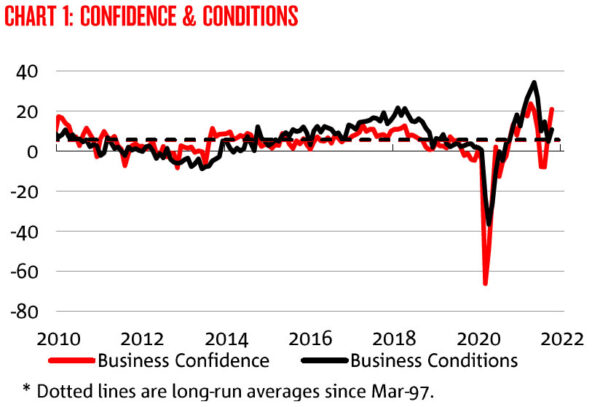
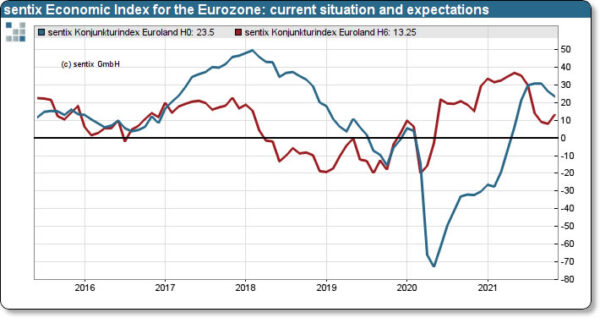
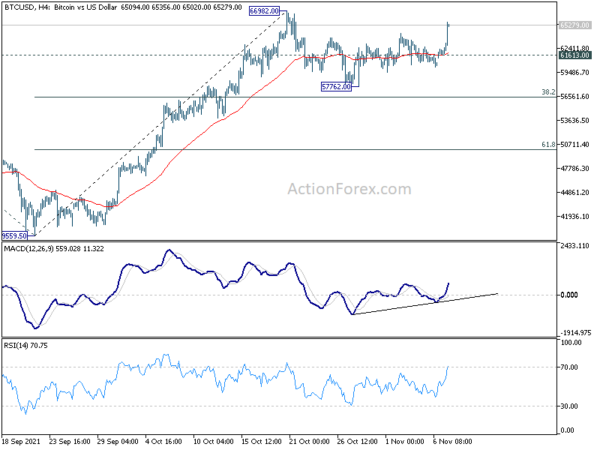
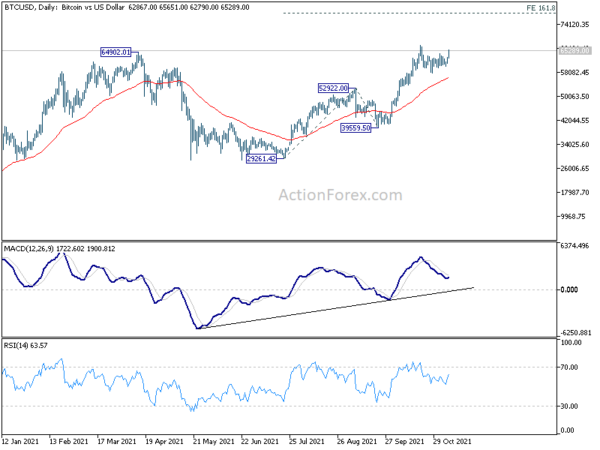
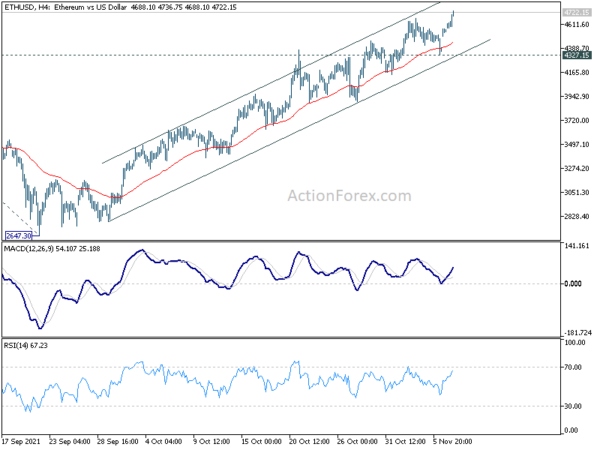
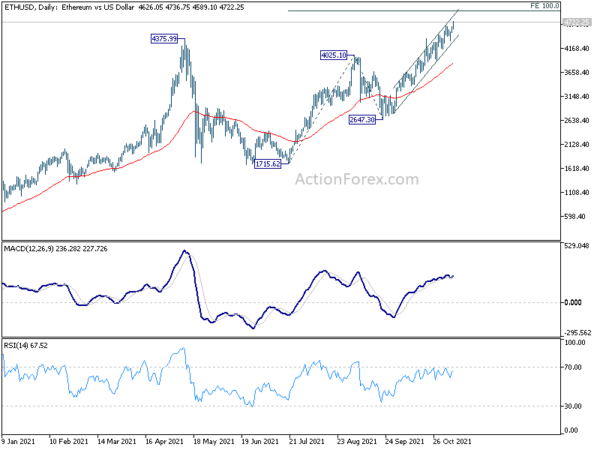
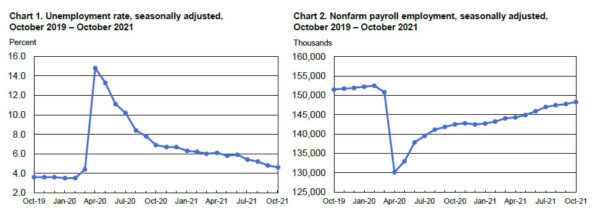
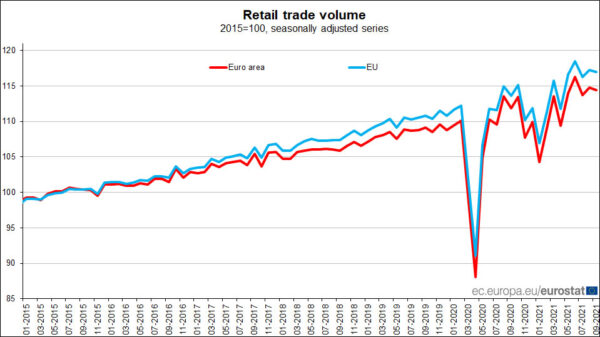
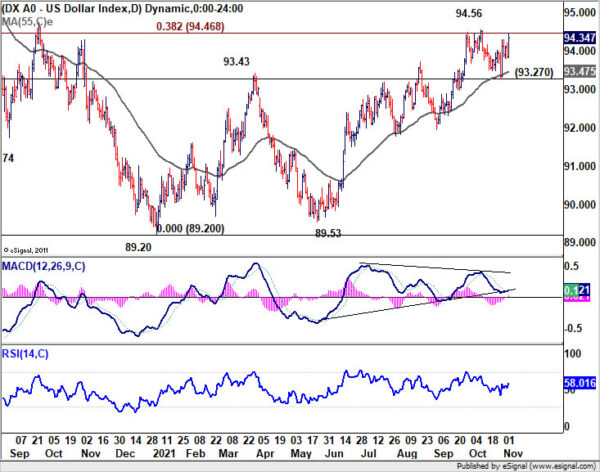
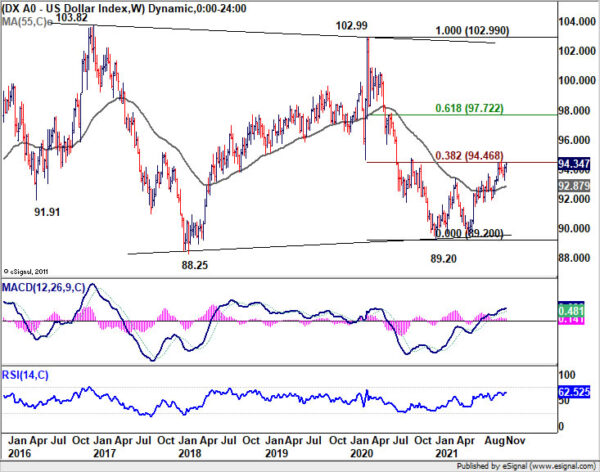
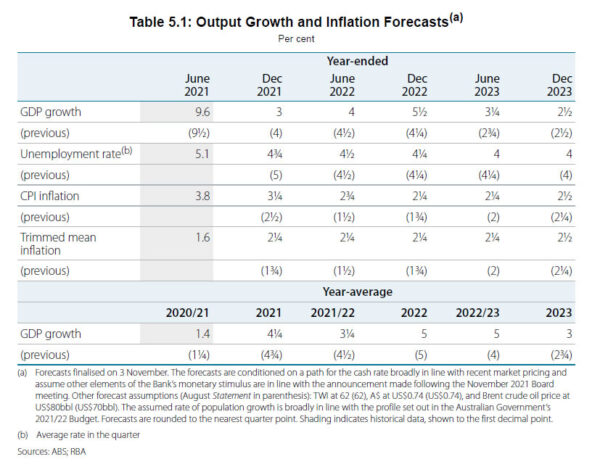
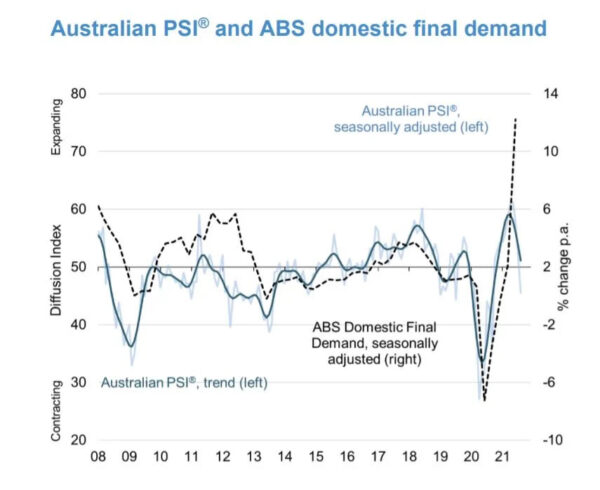
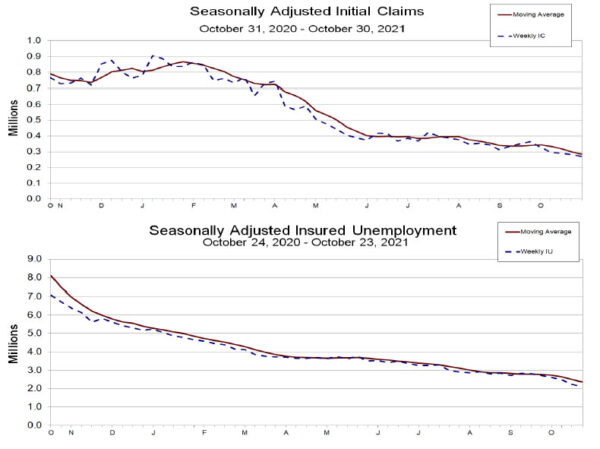
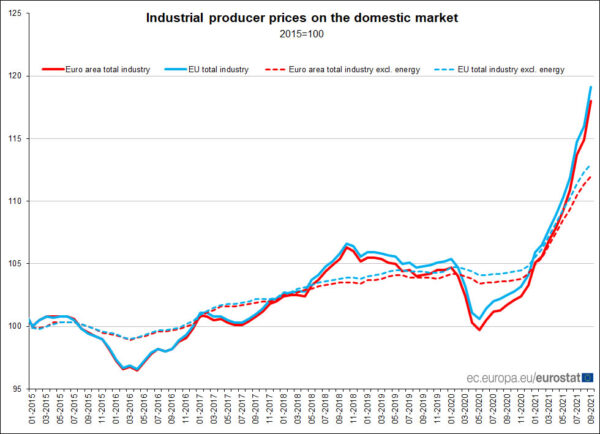

German ZEW economic sentiment rose to 31.7, but current situation dropped to 12.5
Germany ZEW Economic Sentiment rose to 31.7 in November, up from 22.3, well above expectation of 20.3. That’s also the first rise since May. Current Situation, however, worsened again and dropped sharply from 21.6 to 12.5, well below expectation of 19.4.
Eurozone ZEW Economic Sentiment rose from 21.0 to 25.9, above expectation of 20.6. Current situation dropped -4.3 pts to 11.6. Inflation expectations for Eurozone dropped very sharply by -31.4 pts to -14.3. This shows that the experts expect the inflation rate in the eurozone to decline over the next six months.
“Financial market experts are more optimistic about the coming six months. However, the renewed decline in the assessment of the economic situation shows that the experts assume that the supply bottlenecks for raw materials and intermediate products as well as the high inflation rate will have a negative impact on the economic development in the current quarter. For the first quarter of 2022, they expect growth to pick up again and inflation to fall both in Germany and the eurozone,” comments ZEW President Professor Achim Wambach on current expectations.
Full release here.